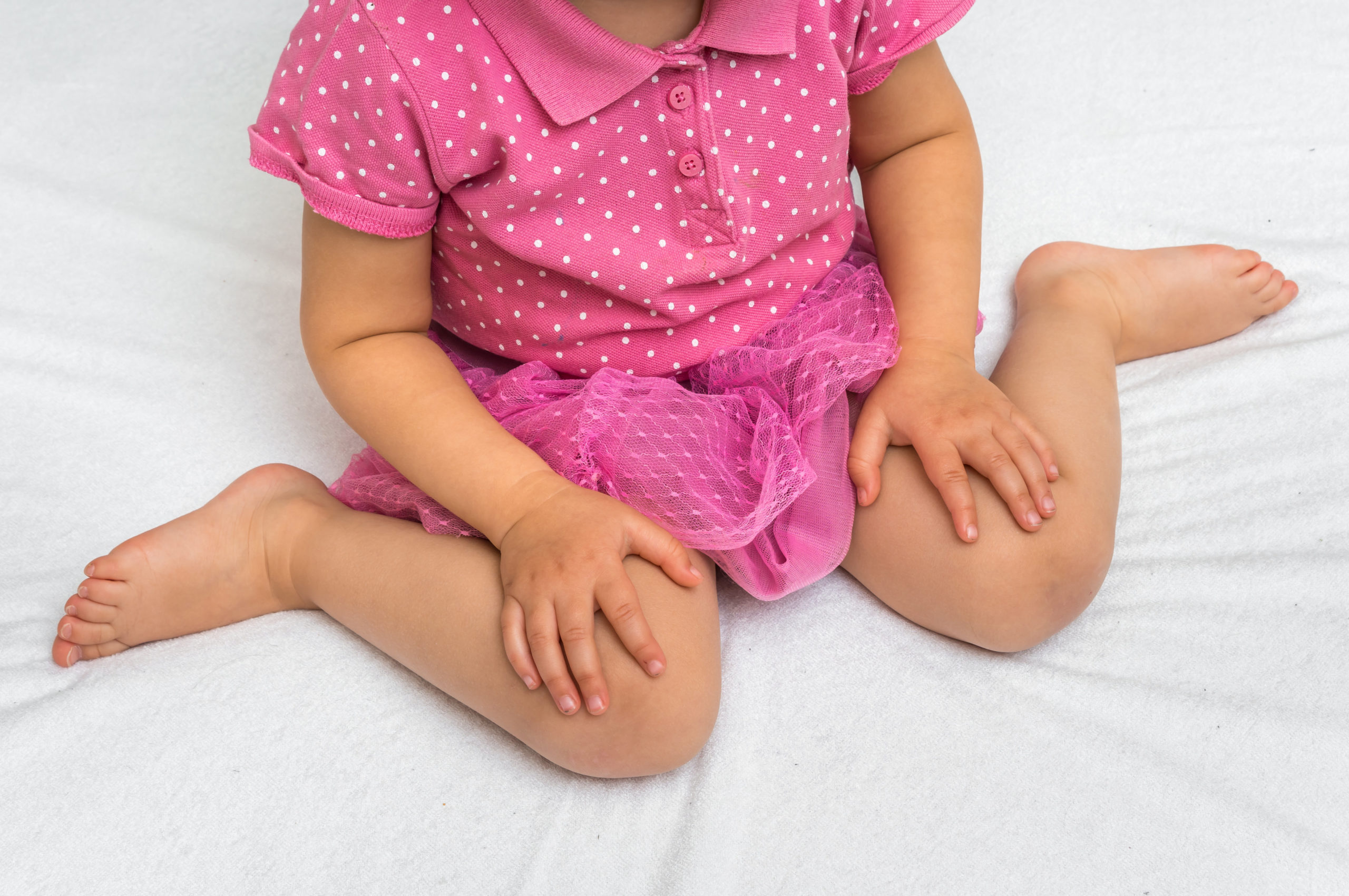Parents always want to know why their children sit a certain way and today I’m here to tell you why one child your child may be sitting in a W fashion.
The orientation of children’s bones is fairly different from that of adults.
When we are born, our bones are aligned differently, with high degrees of rotation and these reduce as we start to walk and use the muscles of our lower extremities.
Anatomy of the W sitting
Sitting in W has a lot to do with the relationship of your natural twisting of the femur bone.
This twisting is medically termed femoral anteversion.
We are born with about 40 degrees of anteversion and this reduces as we grow and by adulthood, it measures about 8 to 16 degrees
In children who sit in w however, the femoral anteversion stays high.
Is it a bad thing to sit in W?
Even though I wouldn’t call it normal, I wouldn’t call it bad.
The anatomical architecture of these makes sitting in W the most comfortable form than crossing the legs.
Do you need to see a paediatric orthopaedic surgeon?
Why do people think sitting in w is bad?
There are a few medical conditions that are associated with sitting in W and that’s what most people think about when they see a child sitting in W.
Other Conditions Associated with sitting in w
- Cerebral palsy
- Conditions associated with weak muscles
- Developmental delays.
Correcting children who sit in w
- Remind your child every time you see them sitting in w to sit right.
- See a doctor about it to assess their child’s rotation profile of the legs.
- Involve children in sports that will strengthen their legs.
In conclusion, sitting in W is common in children and this often changes as they grow. If this persists on and is worrying you, see your doctor for a physical examination to rule out any other conditions.
